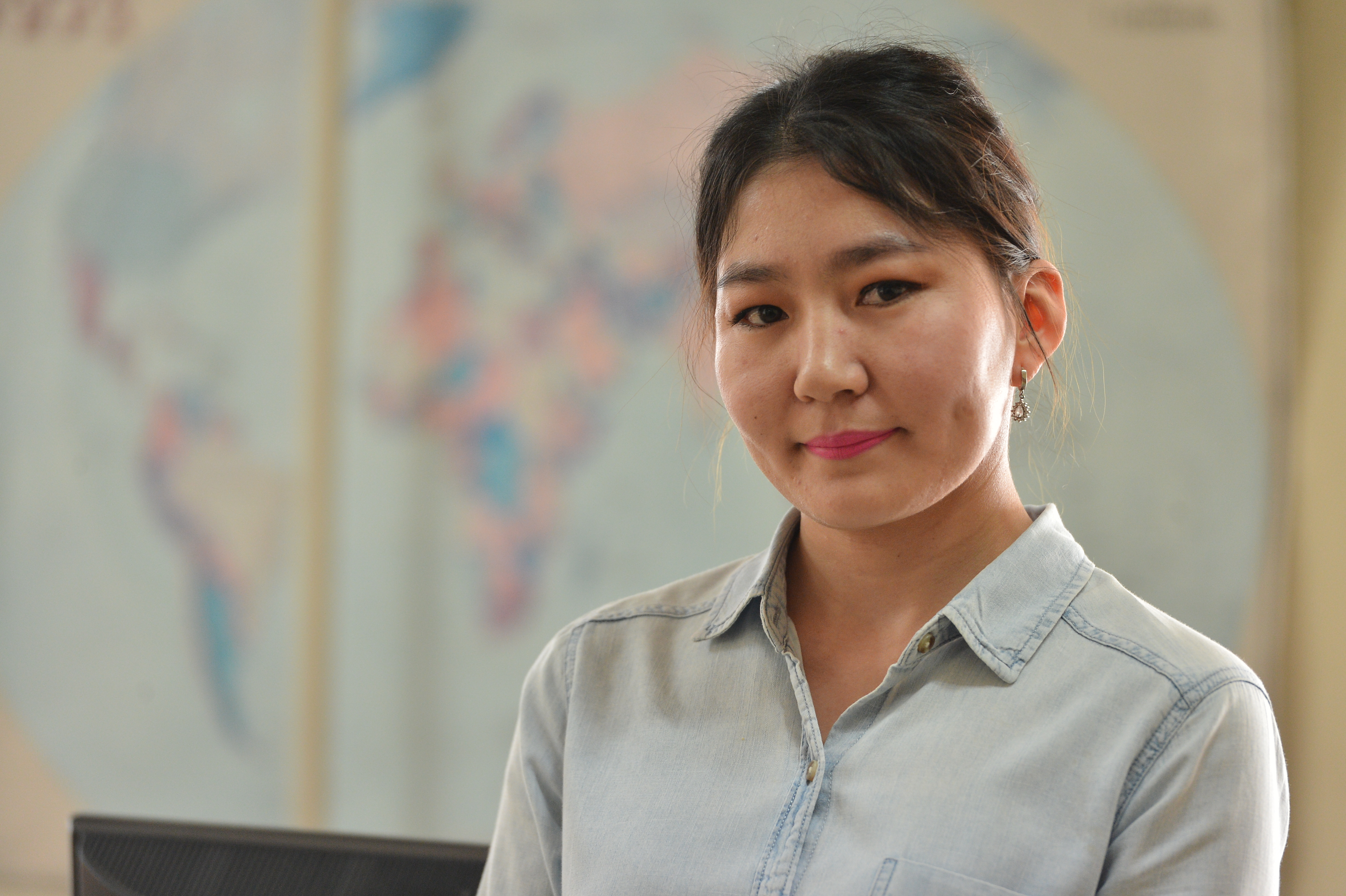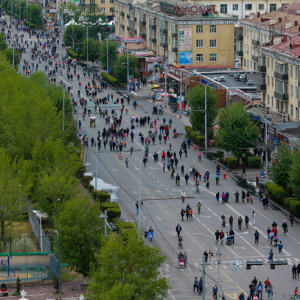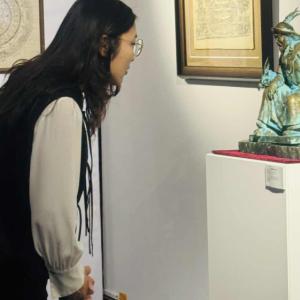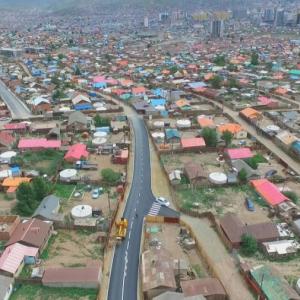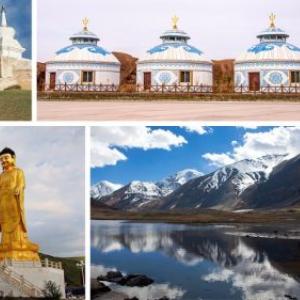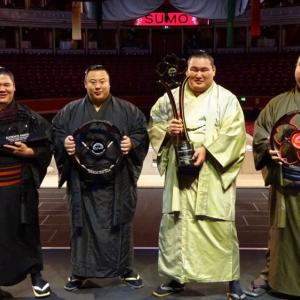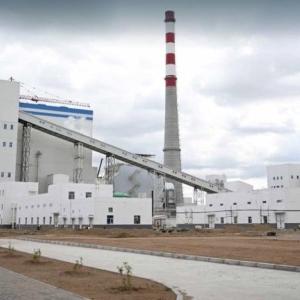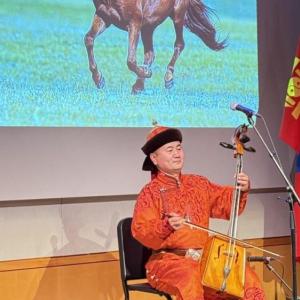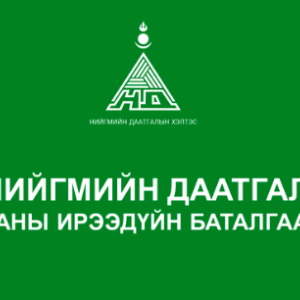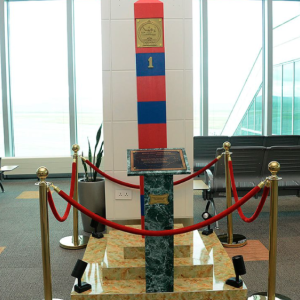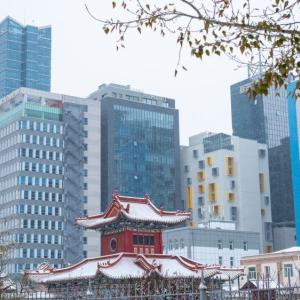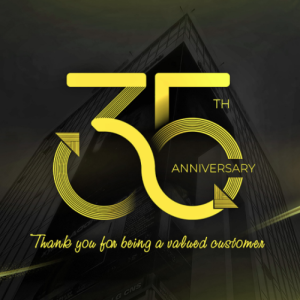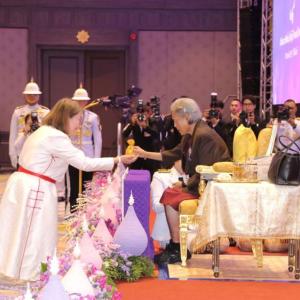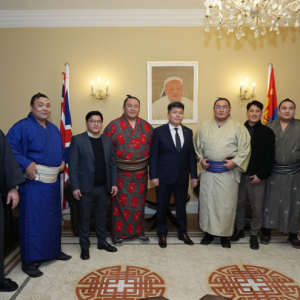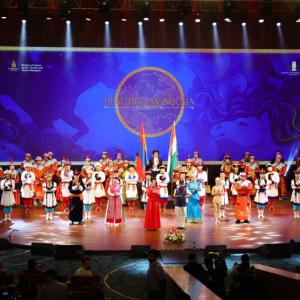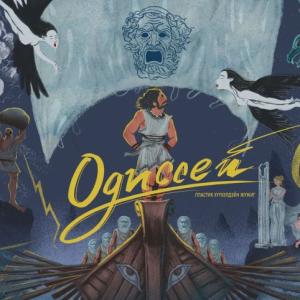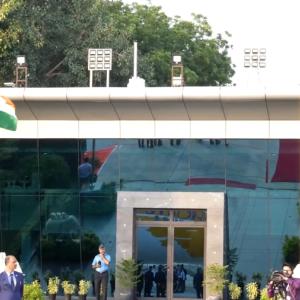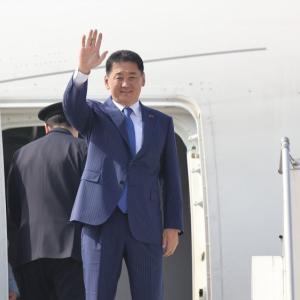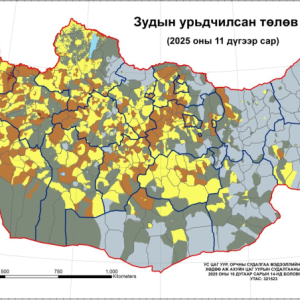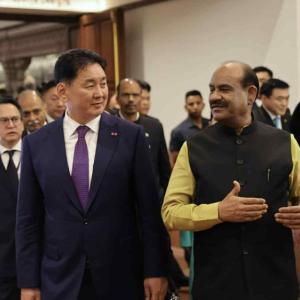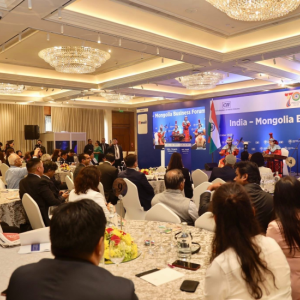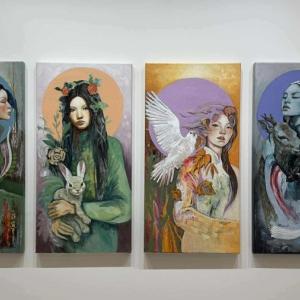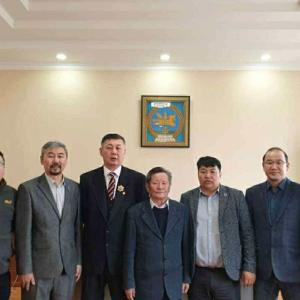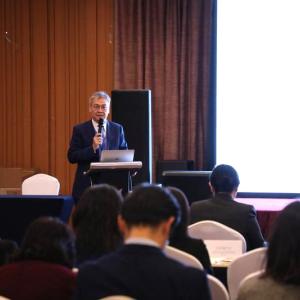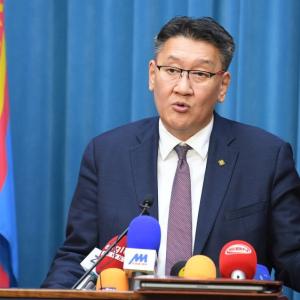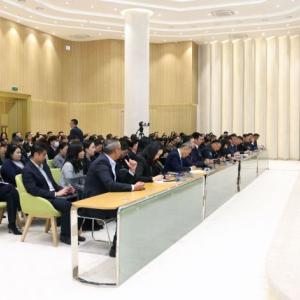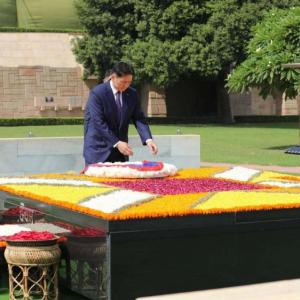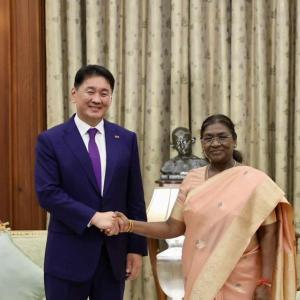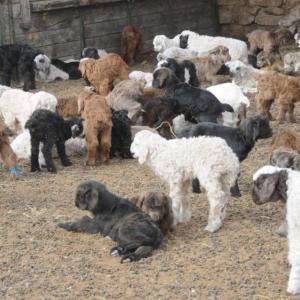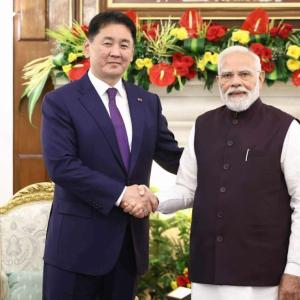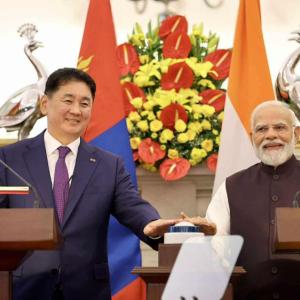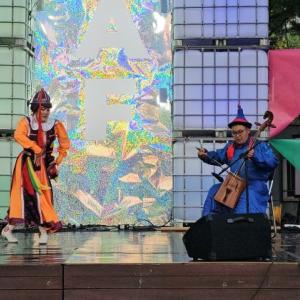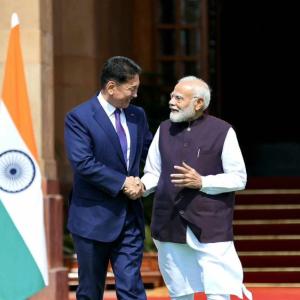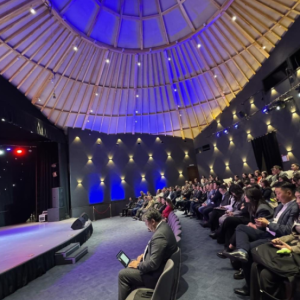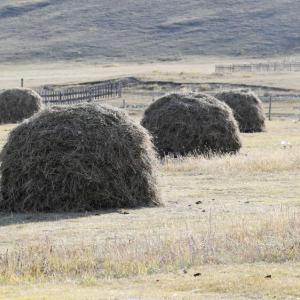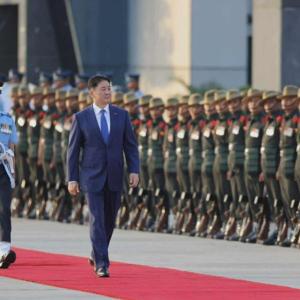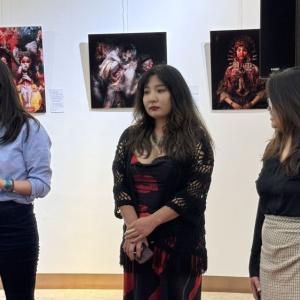Mongolian Heritages in China
The Mongol Messenger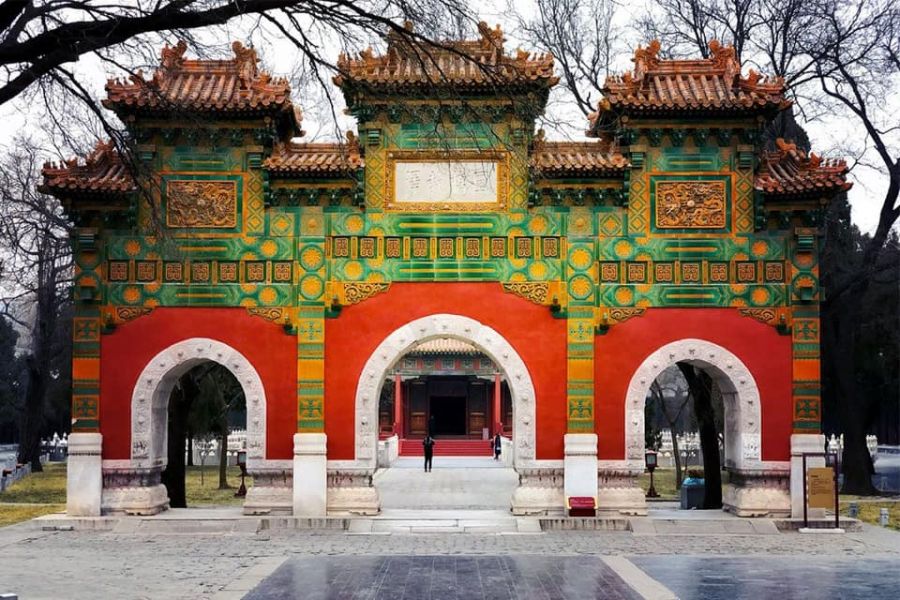
Mongolians have had relations with Chinese people from ancient time. An abundance of heritage related to Mongolians, which remained as witness of this historic relations, are being kept on the territory of the People’s Republic of China. Especially, there are thousands of heritages relate to Mongolians on the territory of north China. Researchers discovered minority of them and the work still continues, Foremost Cultural Worker, Doctor of Linguistics Ya.Ganbaatar told. More than 40 heritage sites are discovered by researchers only in present-day Beijing, which was capital city of Yuan dynasty, founded by Kublai Khan in the 13th century.
For instance, the White Cloud Temple, the Beijing (Kublai Khan’s) Ancient Observatory, jade wine jar at Kublai Khan’s imperial palace, Hutong street are all preserved as historical and cultural unique heritages of humanity and inscribed on UNESCO World Cultural Heritage List.
Highlights
Dr. Ya.Ganbaatar is a person, who has not never ditched his scientific research works over 10 years when he was serving in a Mongolian diplomatic service in China. We talked over heritages of Mongolia being kept in China.
According to studies, the capital city of the empire founded by Kublai Khan was called Dadu in Chinese. Back then, it was named as ‘Khanbaliq’ (City of the Khan) in Mongolian language. Renowned Venetian explorer Marco Polo once admired the city, exclaiming ‘The most beautiful city I have ever visited’.
Certainly, there are innumerable heritages that are created thanks to hundreds of thousands of years of human labors and their great mind. Kublai khan’s jade vessel (wine jar) is one of the artifacts related to Mongolian history being preserved in Beihai Park.

“It was 2003. Scholar of Tibetan studies L.Khurelbaatar stayed in Beijing on the way to Japan and he proposed me find the place together and see the jade wine jar told to be kept in Beijing. We asked people and could find the place where the jar being preserved and watched it.” Dr. Ya.Ganbaatar said “One of the biggest artifacts relate to Mongolian history and culture in Beihai Park is the jade vessel which weighs 3.5 tons with diameter of 4 m and height of 70 cm, being kept in Tuancheng or ‘Round City’. This jade wine jar of Kublai Khan used to be an important vessel for state grand ceremonies and festivals. Surely, it is impossible to fill the jar with wine. Therefore, I deem that it was used to be filled with fermented mare’s milk. This jade jar is in the list of the first class precious artifacts and historical and cultural heritage sites that are taken in state protection of China, he talked proudly.
“’Hutong’ street is one of inseparable images of the city founded in time of Dadu, the capital city of Yuan dynasty. Linguistic scholars prove that the word means ‘water well’ in Mongolian and even some Chinese scholars wrote it is the same word of ‘city’ in Mongolian language,” he added.

Every corner of ‘Hutong’ street that combines feature of building of that country and oriental culture with some drawings in Mongolian sutras is an invaluable heritage. Chinese people restored some parts of the street and some parts are being kept untouched as it were in old times. People create history and art. Preserving history and art is rather difficult than creating them.
Literary culture and its creators
Our ancestors were not uncivilized and cruel people who were skilled and /apt to fight only. I strive to make our young generation aware of that our ancestors partook in creation of the great treasures, researcher Ya.Ganbaatar noted.
His talk continued with another largest heritage, Cloud Platform at Juyong Pass (Tsavchaal Boomt). The platform has the carved images of mythical bird khangarid (garuda) in the center, similar to that of Ulaanbaatar city symbol and a poem praising Buddha and Kublai Khan in six different scripts. Erected with the order of Toghon Temur Khan in 1342, this seven centuries- old unique heritage of humanity is largely ornamented with Mongolian patterns. “Even the events of ‘Four harmonious animals’, a Mongolian folktale are depicted in the platform engraving which is a combination of literary and sculptural cultures.”

Besides its majesty, the platform is renowned with its poems written on it. This is an incredible heritage of literary culture dating back many centuries. The poems praising Buddha and Kublai khan belong to literary inscriptions of the 16th century.
There are very few monuments written in Mongolian square script or phags-pa script. Most of them are phags-pa letters carved on coins and name boards given to lamas and dignitaries, mentioned academician Ts.Damdinsuren in his book ‘Overview of Mongolian Literature’.
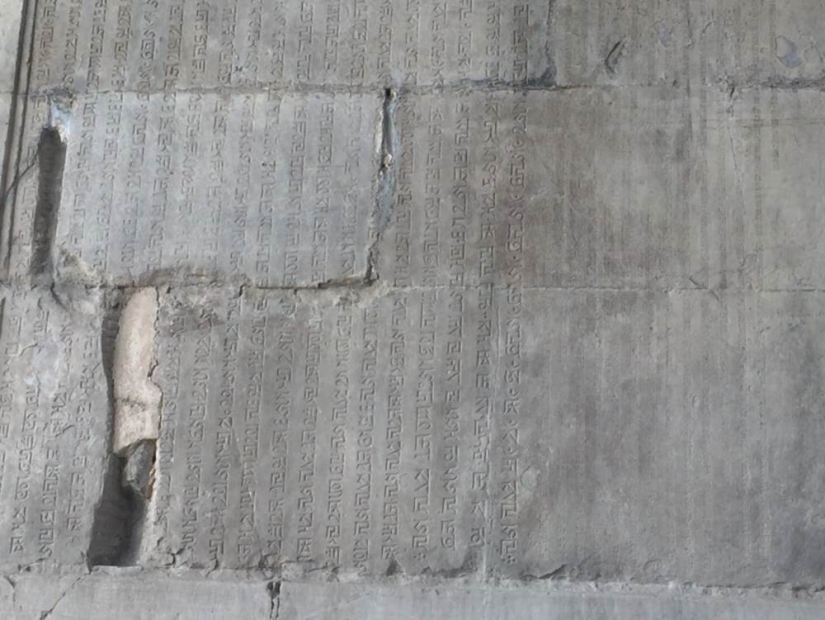
Dr. Ya.Ganbaatar then talked about literary culture. He said “Monument inscription of Indu Prince is in Xi bei kou, which locates in distance of around 3 km north Wuwei city, Gansu province, China. Comparing with other monument inscriptions in China, it has bigger size with over 1500 words in total and inscription on the top has 4 lines (stanza), the main inscription is 54 lines. While I was visiting the White Cloud Temple, I found out that a Chinggis Khan’s letter to Changchun is being preserved.
 In addition, a monumental inscription of Order by Toregene khatun, the sixth queen of Ogedei Khan and regent of Mongol Empire from 1242-1246, is being kept in Zhi Wei Gong Temple of Henan province, China. The Order written in 1240 is comprised of 10-line inscription in Chinese, 3 lines that contain the main idea of the order and 15 words engraved in traditional Mongolian script. It is the only record related to Torgene Khatun, founded so far. Largest cultural heritages relate to Mongolian queens who were ruling the empire can be found in the future, but Mongolian researchers have to work very hard, Dr. Ya. Ganbaatar reminded.
In addition, a monumental inscription of Order by Toregene khatun, the sixth queen of Ogedei Khan and regent of Mongol Empire from 1242-1246, is being kept in Zhi Wei Gong Temple of Henan province, China. The Order written in 1240 is comprised of 10-line inscription in Chinese, 3 lines that contain the main idea of the order and 15 words engraved in traditional Mongolian script. It is the only record related to Torgene Khatun, founded so far. Largest cultural heritages relate to Mongolian queens who were ruling the empire can be found in the future, but Mongolian researchers have to work very hard, Dr. Ya. Ganbaatar reminded.
End note
Mongolians are the nation who became kernel of nomadic civilization created 3000-5000 thousand years ago. Mongolians founded the largest empire in the world history. Accordingly, buildings that hold nomadic traditional culture and customs, household and literary monuments are being preserved in every place. Among them, it is proven that items of Mongolian heritage are found in large number in the territory of south and north China.
For instance, remains of the summer capital city of Kublai Khan’s Yuan Dynasty locate 28 km northwest of Duolun town of Xilin Gol League, Inner Mongolia and 275 km north of Beijing. UN experts consider that ‘Without Shangdu city, ‘Upper city’ of Yuan Dynasty, Mongolian history and even world history will be incomplete’. Our ancestors wrote world history with their own history. It is vital to study the history and make every single person of young generation aware of the importance of exploring their heritage and culture and outspreading them.
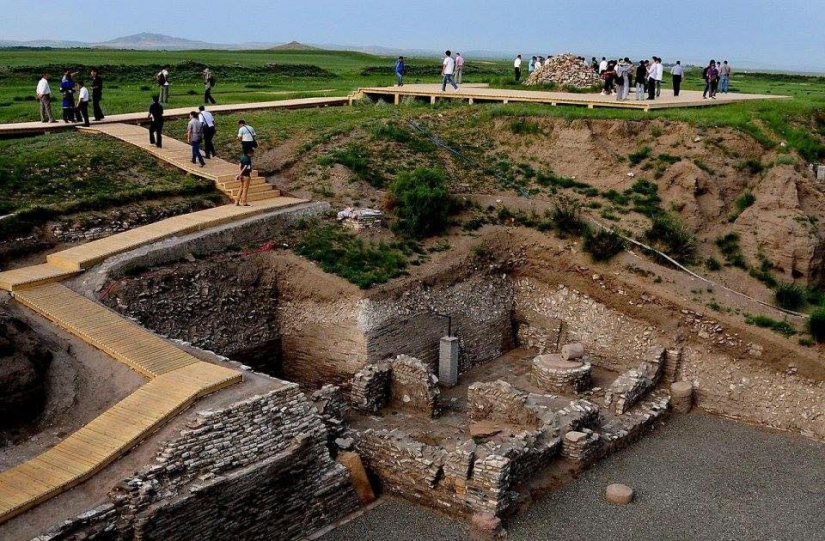
B.Altankhuyag
 Ulaanbaatar
Ulaanbaatar





